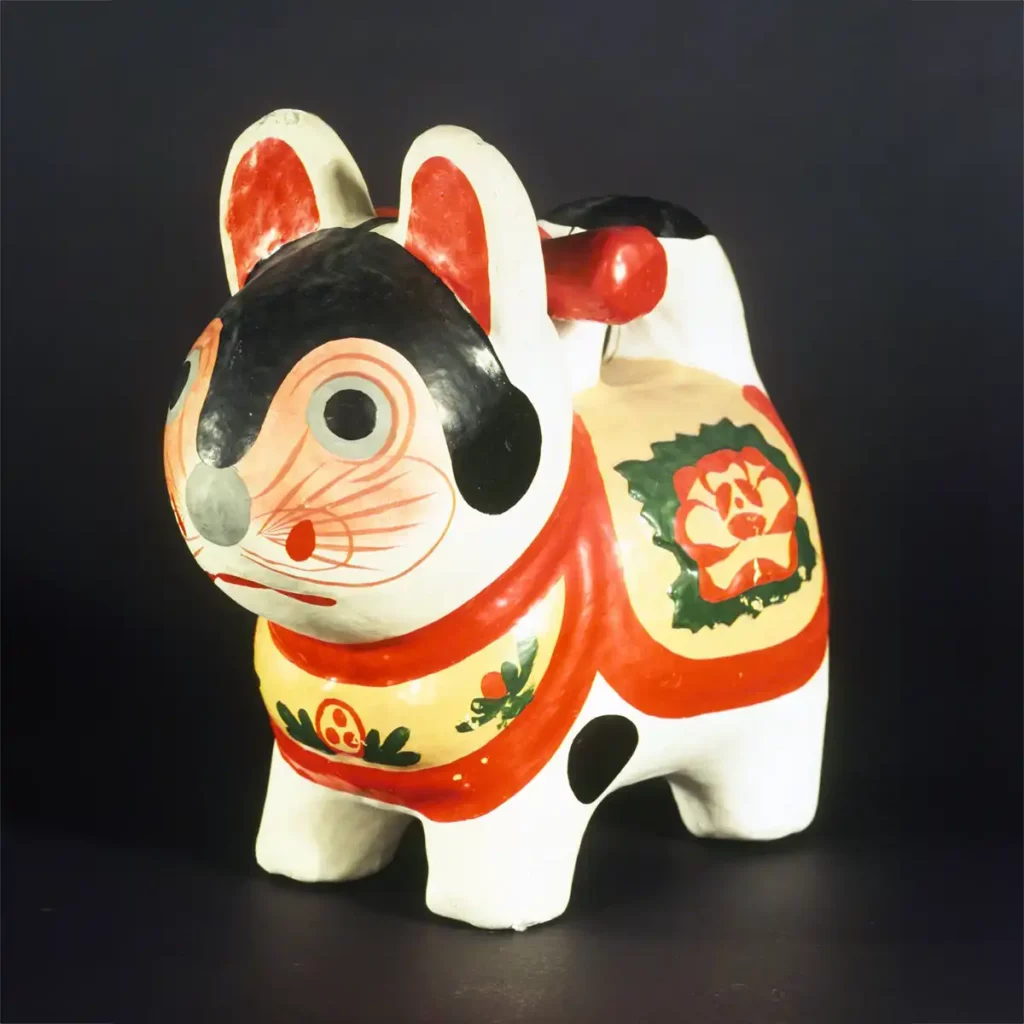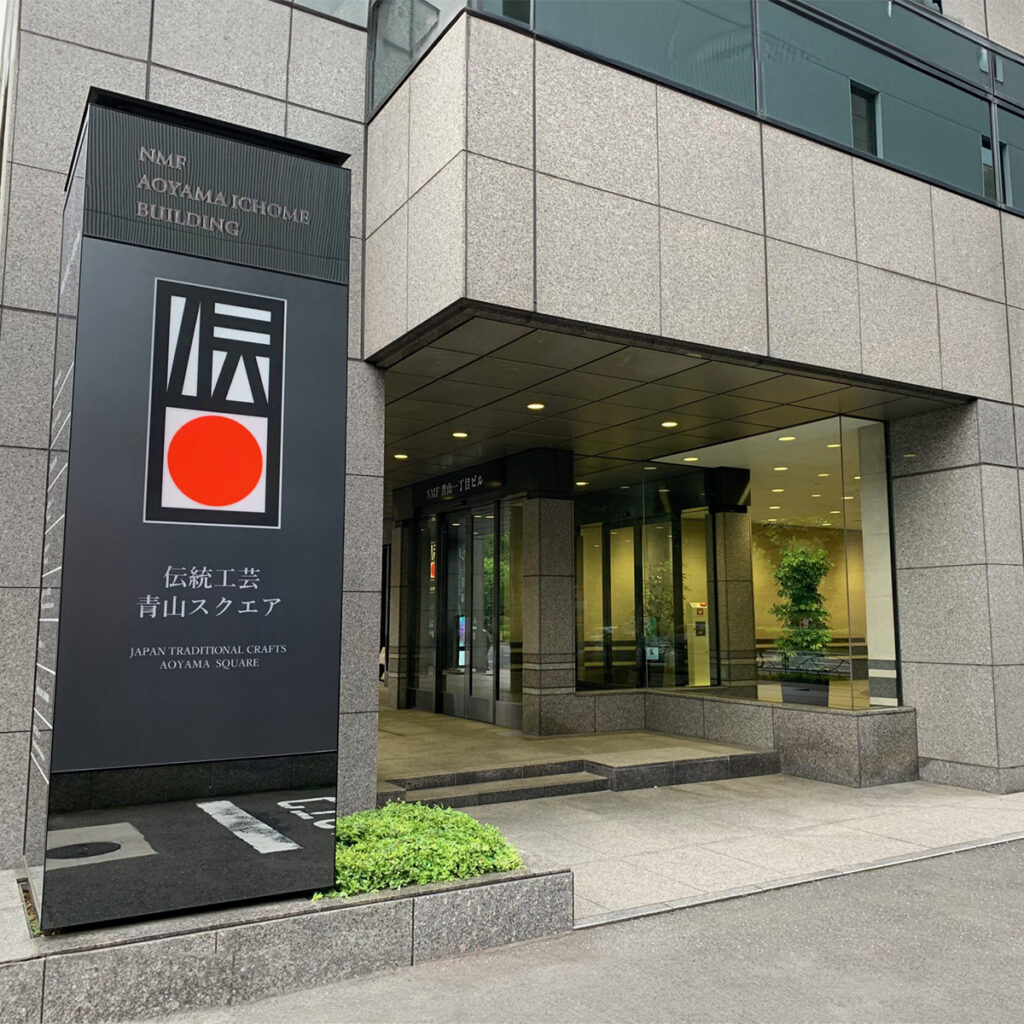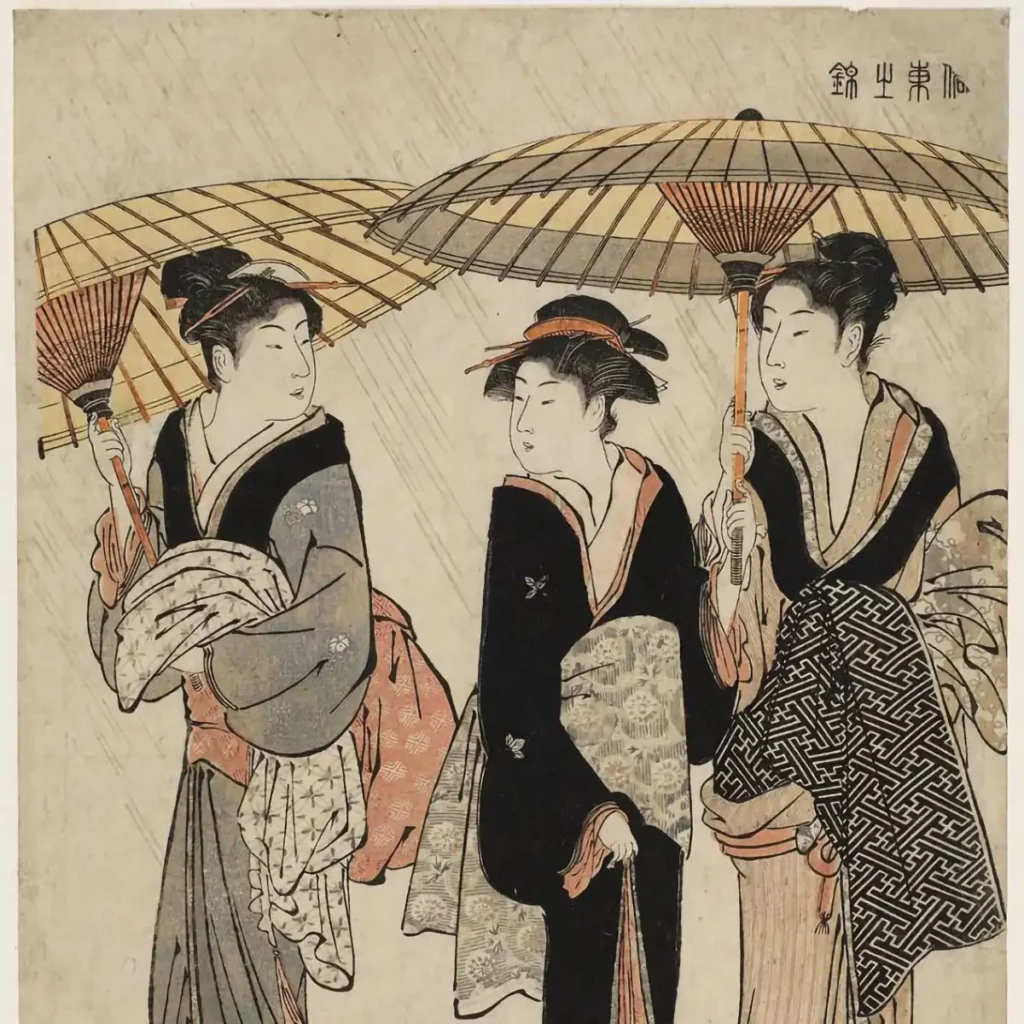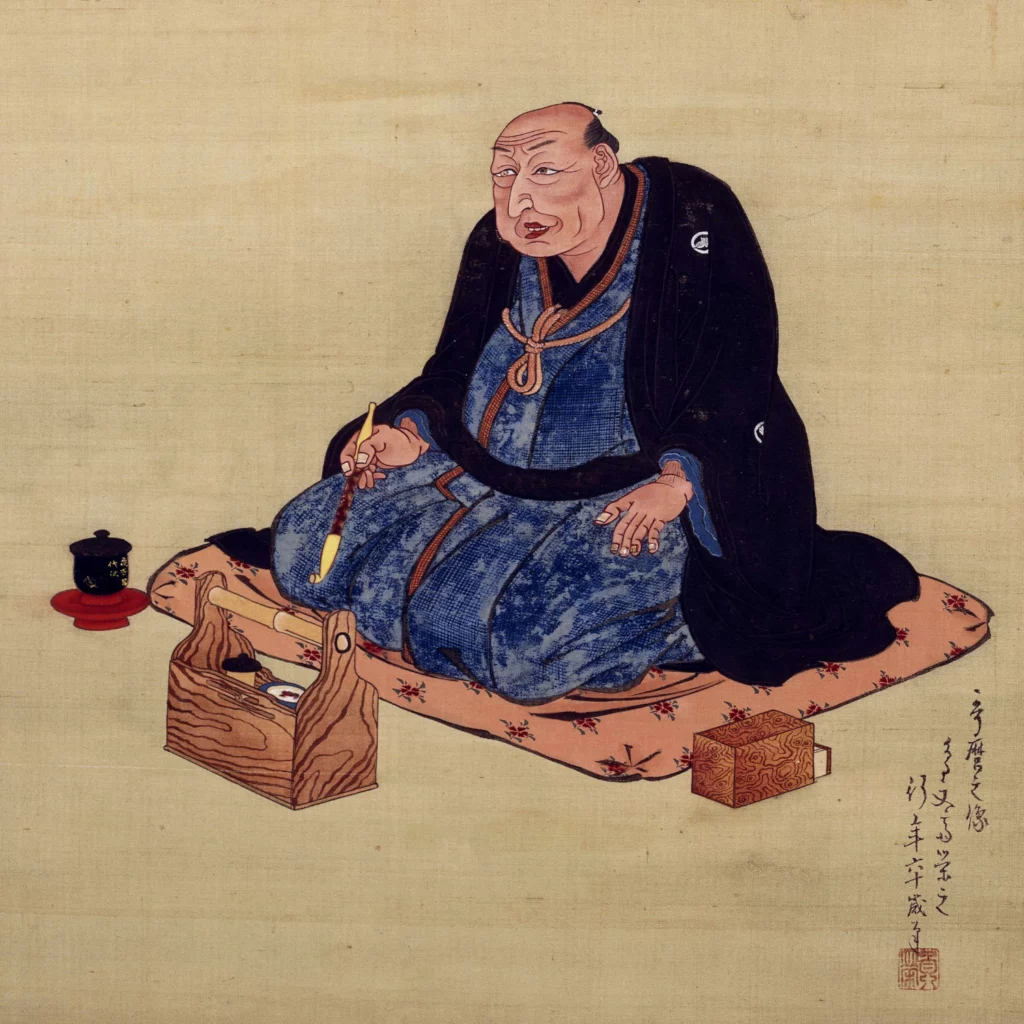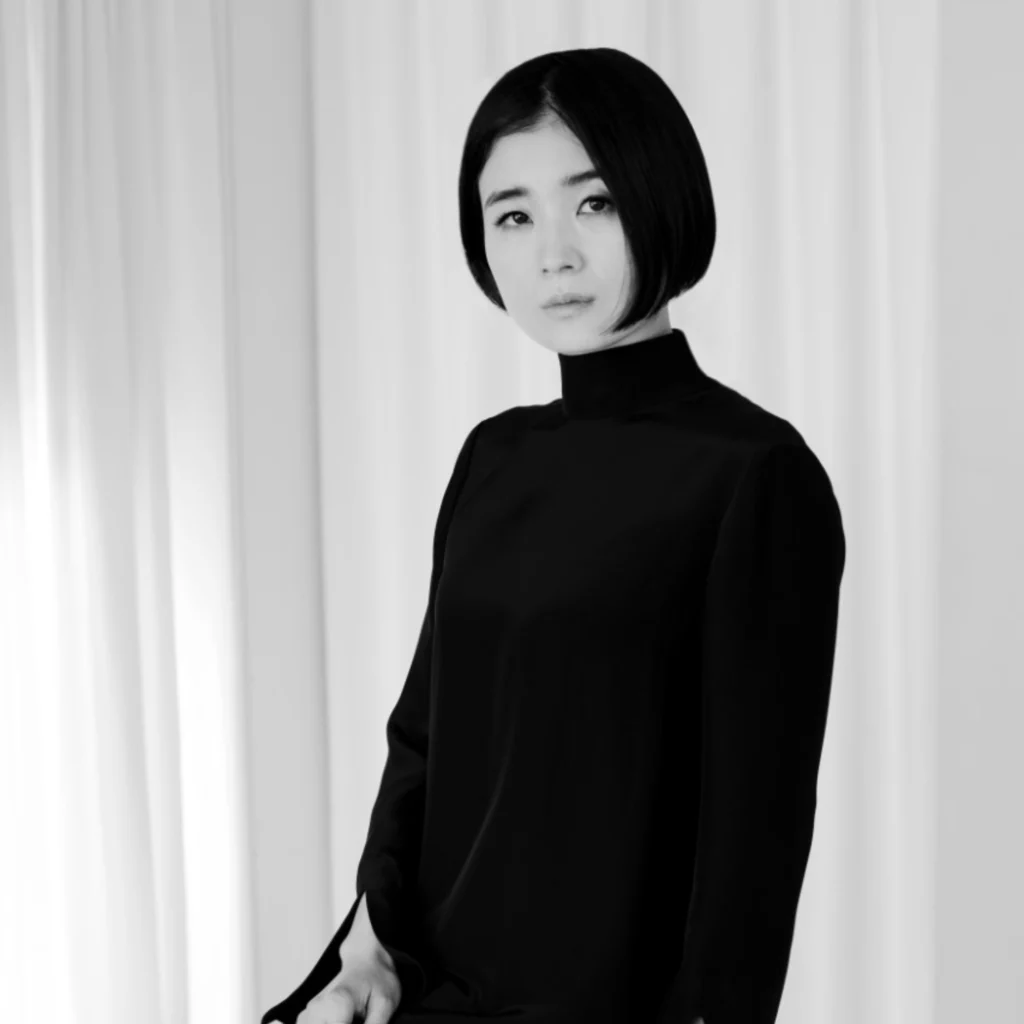The term Mingei (民芸) literally means “folk art”. It is a Japanese artistic and cultural movement that highlights handicrafts made by anonymous artisans. Yanagi Sōetsu founded this movement in the 1920s. He is a Japanese philosopher and art critic. He created this movement in collaboration with the potters Hamada Shōji and Kawai Kanjirō. Mingei advocates the beauty and authenticity of everyday objects created for common use. He is thus opposed to works of art intended for an elite.
History and Origins of the Movement
The Mingei movement arose in response to rapid industrialization and the loss of craft traditions in Japan. Yanagi Sōetsu was inspired by the British Arts and Crafts movement of William Morris. He sought to rediscover and preserve traditional craft techniques that were disappearing. He believed that beauty was found in practical use. And that everyday objects could carry great aesthetic and spiritual value.
Yanagi defined the concept of Mingei around several key principles:
- Anonymity of the Artisan: Mingei’s works are created by often anonymous artisans, not by famous artists.
- Utility and Practicality: Objects must be useful in daily life and not simply decorative.
- Simplicity and Humility: Simple shapes and lack of pretension characterize these objects.
- Repetition and Tradition: Traditional manufacturing methods and repetitive shapes are valued.
- Natural Materials: Artisans use local and natural materials, highlighting a deep connection with the environment.
The Artisans and the Works
Iconic figures of the Mingei movement include potters such as Hamada Shōji, Kawai Kanjirō, and Bernard Leach, a British ceramicist who played a crucial role in the spread of Mingei ideas in the West. Their works, often ceramics, textiles, lacquerware and wooden objects, embody the ideals of Mingei.
Hamada Shōji is known for its utilitarian ceramics with simple but elegant shapes. Her works use traditional glaze techniques and patterns inspired by nature.
Kawai Kanjirō also made significant contributions to Mingei ceramics. He experimented with different glazes and focused on functional and aesthetic forms.
Bernard Leach, although British, was deeply influenced by Mingei. And he helped create a bridge between Eastern and Western crafts. Integrating, thus, the principles of Mingei into his own ceramic creations.
Impact and Legacy
The Mingei movement had a lasting impact on the perception of craftsmanship and design in Japan and beyond. He encouraged a renewed appreciation of everyday objects and influenced many contemporary designers and artisans. Mingei’s ideas also contributed to the rise of the modern craft movement. The latter values quality, sustainability and human connection in the manufacturing of objects.
Today, the Mingeikan (Folk Craft Museum) in Tokyo, founded by Yanagi Sōetsu, continues to promote and preserve the principles of Mingei. The museum houses an extensive collection of handicrafts from Japan and other countries. This museum highlights the beauty of objects created for everyday use.
Conclusion
Mingei represents a philosophy of life and creation that celebrates anonymous craftsmanship and the beauty of useful objects. By emphasizing simplicity, humility and functionality, the Mingei movement has not only preserved treasured traditions but also influenced the way we perceive and value everyday objects. Mingei remains a source of inspiration for those seeking to reintegrate art and craft into everyday life in an authentic and meaningful way.

